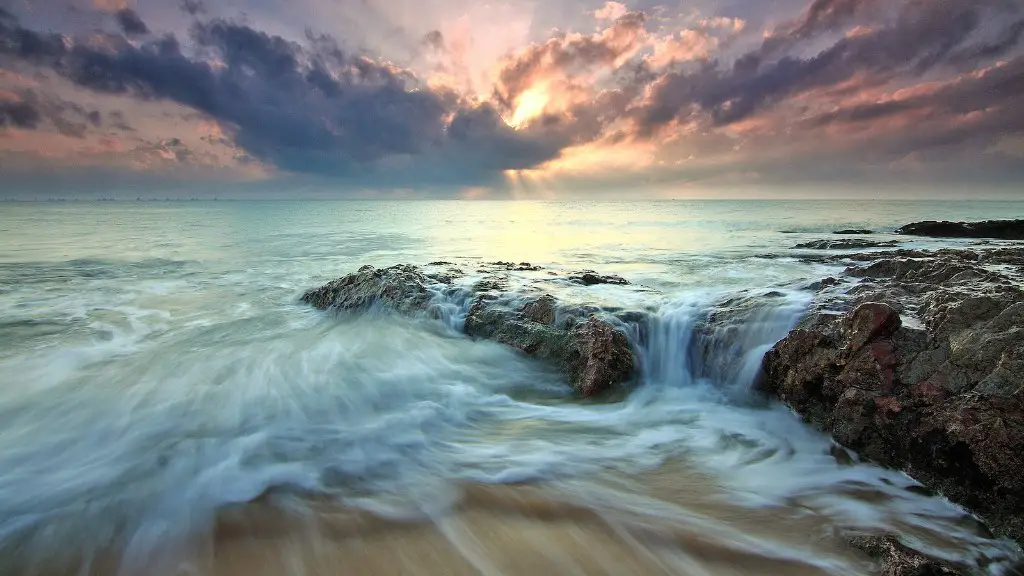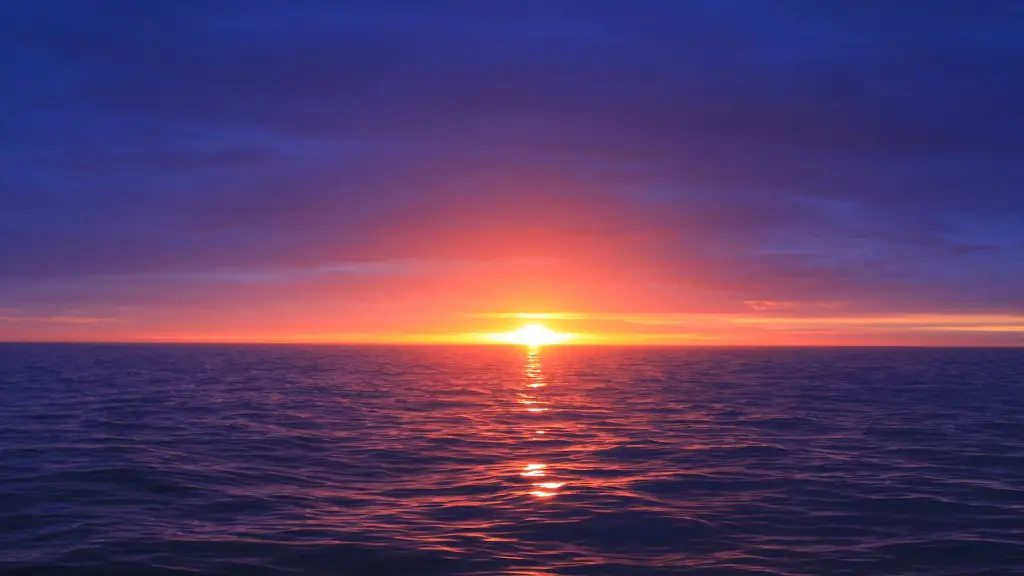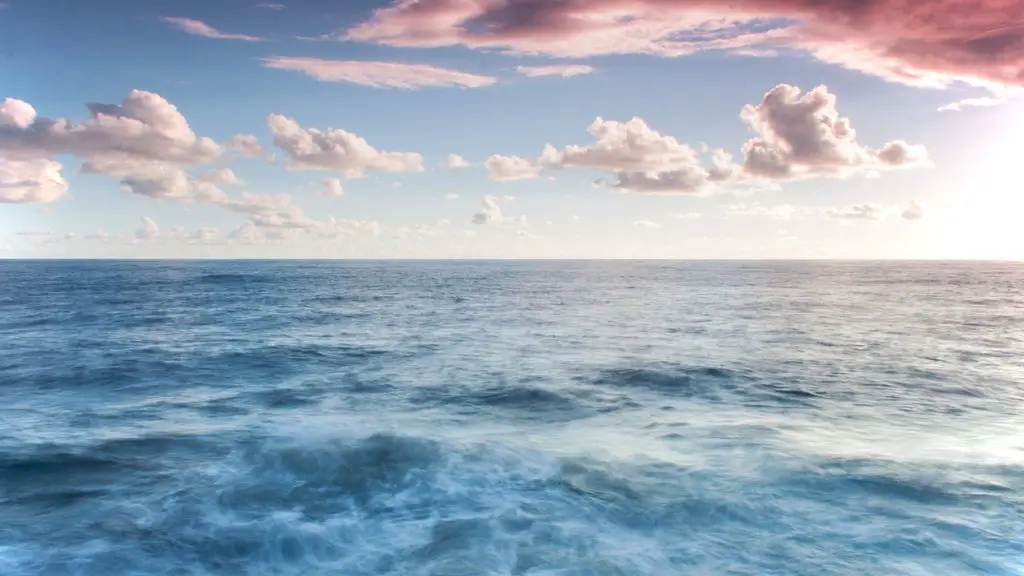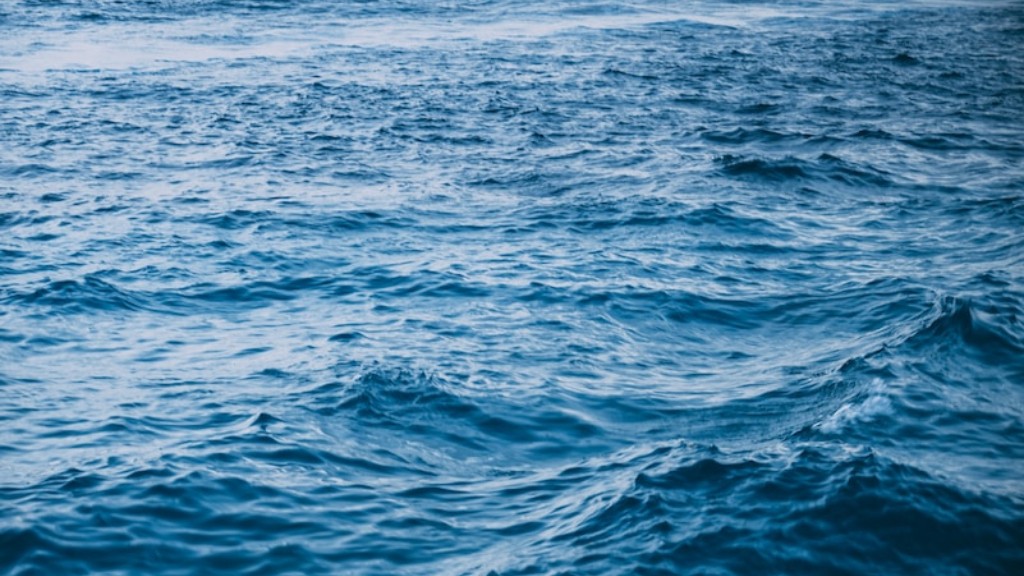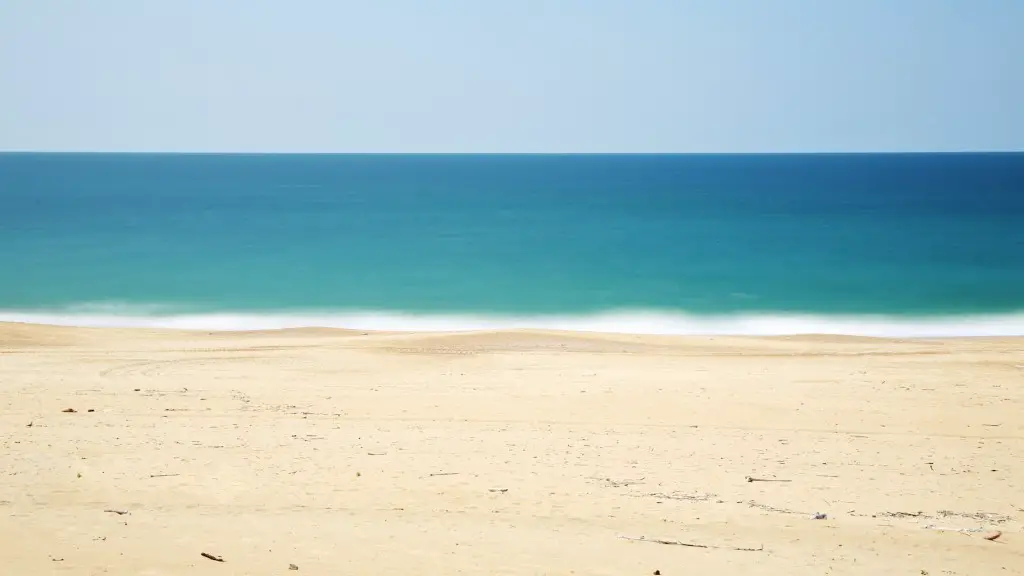The biblical story of Moses crossing the Red Sea is found in the book of Exodus. According to the story, the Egyptians were in pursuit of the Israelites, who had been freed from slavery. Moses led the Israelites across the Red Sea, and as the Egyptians attempted to follow, the sea came crashing down on them, drowning them all.
According to the Bible, Moses crossed the Red Sea because God told him to. Moses led the Israelites out of Egypt, and God parted the Red Sea so they could cross it.
What is the significance of crossing the Red Sea?
The exodus from Egypt was a pivotal moment in Israel’s history, and it has been seen as a foreshadowing of the ultimate salvation that God would bring about through Jesus Christ. The prophets, Jesus, and the New Testament apostles all made reference to the exodus as they called the people of Israel to repentance and obedience. The yearly Passover feast was instituted as a way to commemorate the salvation that God had brought about for his people.
God tells Moses to stop crying out to Him and to instead tell the Israelites to move on. He says that Moses should raise his staff and stretch out his hand over the sea in order to divide the water and allow the Israelites to pass through on dry ground. God says that He will harden the hearts of the Egyptians so that they will go in after the Israelites.
Where did Moses go after crossing the Red Sea
The “stations” of the Exodus were the places where the Israelites stopped on their journey from Egypt to the Promised Land. These places are described in Numbers 33, and include the Red Sea, the wilderness of Etham, Marah, and Elim.
Moses was a great leader and prophet who led the Israelites out of slavery in Egypt. One of his most famous miracles was parting the Red Sea so that the Israelites could escape the pursuing Egyptian army. This miracle showed the power of God and Moses’ faith in Him.
How did Moses divide the Red Sea?
The relevant biblical text (Exodus 14:21) reads as follows: “Then Moses stretched out his hand over the sea, and the Lord drove the sea back by a strong east wind all night and made the sea dry land, and the waters were divided” By any stretch, a weather event strong enough to move water in this way would involve some sort of natural disaster. In this case, it was a strong east wind that blew all night and dried up the sea. This allowed the Israelites to cross over on dry land.
The Red Sea provided the ancient Egyptians with access to other cultures and countries, which in turn allowed for the exchange of culture and knowledge. This was a hugely important development for the Egyptians, as it helped them to learn new things and to grow as a civilization.
What does the story of Moses teach us?
Moses made a mistake and ran away from it instead of facing the consequences. He was scared for his life, but God used this time to mature Moses and prepare him for his next assignment. As a leader, you should own your failures, face the consequences, and learn not to make them again.
The Pharaoh, Haman, and their army in chariots pursuing the fleeing children of Israel drowned in the Red Sea as the parted water closed up on them. This was a defining moment in the history of the Israelites, and it is still remembered today.
What is the secret of Red Sea
The Red Sea is a unique ocean with characteristics that are not seen in other oceans. It is extremely warm, with surface temperatures reaching than 30° Celsius (86° Fahrenheit), and water evaporates from it at a prodigious rate, making it extremely salty.
The Israelites had a long journey ahead of them and they knew that they couldn’t rely on the Egyptians for help. They had to trust in the Lord and rely on Him for everything. This process took them 40 years to complete.
What is the history of Red Sea?
The first successful exploration of the Red Sea started in the early 1800s when a British explorer named William desborough started mapping the area. Since then, many other explorers have followed in his footsteps and the Red Sea has become better known. Today, the Red Sea is a popular destination for tourists and scientists alike.
The ancient Egyptians called the Red Sea the “Green Sea” because of the peculiar color created by the mountains, corals, and desert sands. The “Reed Sea” takes its name from the papyrus reeds and bulrushes that proliferated along its shores.
Which sea did Jesus walk on
The event is widely regarded as one of the most famous miracles attributed to Jesus and is recorded in all four canonical gospels.
There are a few different theories about where the crossing of the Red Sea actually took place. In this regard, the crossing has been thought to have taken place near the northernmost terminus of the gulf, south about midway on the gulf at the oasis of modern Nuweiba, and in the southernmost part of the gulf, at the Straits of Tiran. However, the most likely place is thought to be in the southern part of the gulf, at the Straits of Tiran. This is because the Exodus route takes the Israelites from Egypt down to the Gulf of Aqaba, and then up to Mount Sinai. If the crossing had taken place in the northern part of the gulf, it would have been much more difficult for the Israelites to get to Mount Sinai.
What is at the bottom of the Red Sea?
The movement of the earth’s crust under the Red Sea exposes massive buried deposits of salt. The deposits were formed from the drying of a prehistoric ocean that existed in this area. The seawater dissolves some of the salt and becomes a brine, which is very salty water.
The Red Sea is one of the most interesting and beautiful places on Earth. Here are six interesting facts about this amazing place:
1. The Red Sea got its name from the translation of its ancient Greek name, Erythra Thalassa.
2. The Red Sea has been a key trade route for thousands of years.
3. The waters of the Red Sea are warm all year round.
4. The Red Sea is home to a vibrant coral reef ecosystem.
5. The Red Sea is home to an abundant variety of aquatic life.
6. The Red Sea has many health benefits, including being rich in minerals and providing a natural source of iodine.
How deep was the Red Sea where the Israelites crossed
The Atlantic Ocean is one of the world’s five oceans. It covers approximately 20 percent of the Earth’s surface and is second in size only to the Pacific Ocean. It is bounded by the Americas to the west and Europe and Africa to the east, and its maximum width is 190 miles (300 kilometers). The average depth of the Atlantic is 12,254 feet (3,733 meters), and its maximum depth is 9,580 feet (2,920 meters). The ocean’s area is approximately 174,000 square miles (450,000 square kilometers).
On behalf of Israel, Moses received the Torah – traditionally translated as ‘Law’. This is not law in the modern sense, but rather authoritative teaching, instruction, or guidance. The most famous of these commandments are the Ten Commandments.
Warp Up
The simple answer is that God told Moses to cross the Red Sea. In the Bible, God often gave specific instructions to His people, and they were expected to follow them without question. In this instance, God was leading the Israelites out of slavery in Egypt, and the only way to escape was to cross the Red Sea.
Moses crossed the red sea because he was following God’s instructions. God told Moses to lead the Israelites out of Egypt and into the Promised Land. To do this, Moses had to cross the red sea. Moses and the Israelites were able to cross the red sea because God parted the waters for them.
